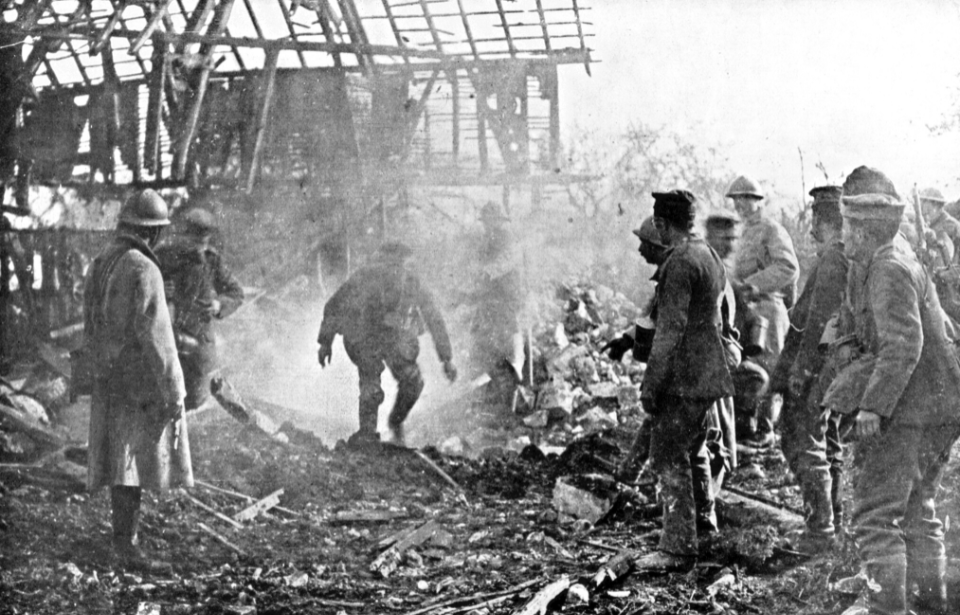The Battle of Cantigny was the first great American victory of the First World War. With a military that was under-trained and ill-prepared, a win on the global stage was necessary to prove the might of the United States. Cantigny was the first time during the conflict where the US military was forced to prove itself – and it didn’t disappoint.
The United States joins World War I
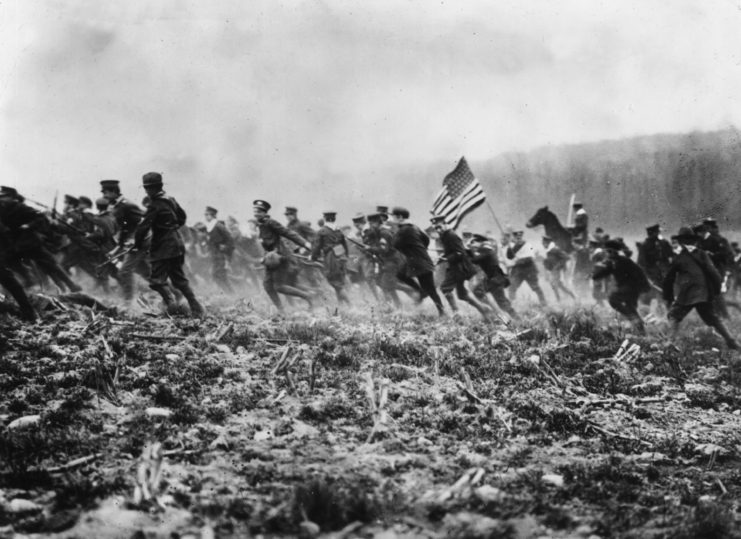
On April 6, 1917, under President Woodrow Wilson, the US declared its entry into World War I. Unfortunately, the country’s military was ill-prepared, and it would be more than a year before American troops actually made the trek overseas.
One American division sent to Europe was the 1st Infantry Division – better known as the “Big Red One.” It featured the US Army’s best-trained men and was led by Maj. Gen. John Pershing, who was in charge of leading the fight at Cantigny, in northern France. The town was chosen because of its importance as an observational post, and he’d sent over the division to show just how strong the US military was.
US troops claim Cantigny
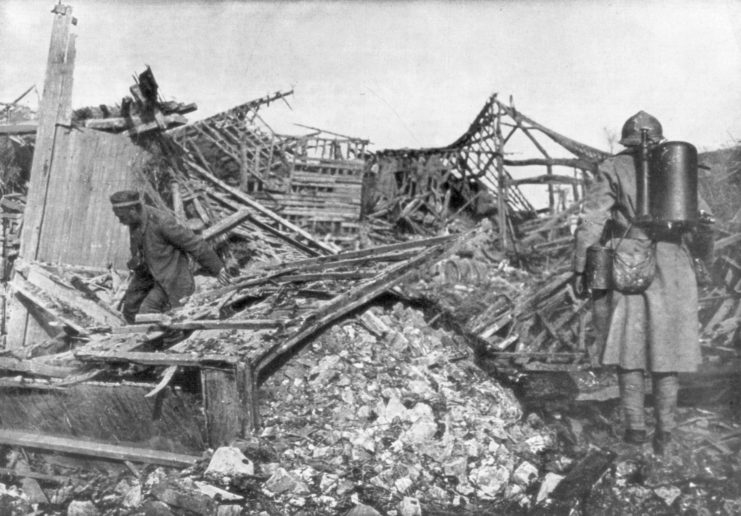
The Battle of Cantigny began on May 28, 1918, at around 6:30-6:40 AM. Supported by French troops, the US, under the command of Gen. Charles P. Summerall, began a mass bombing of the German lines, creating a smoke screen for cover. French tanks then began to press forward, with the US troops using them for additional cover while they charged forward on foot.
The agreed plan of attack was to have the troops advance 110 yards every two minutes, and it worked beautifully. Within just half an hour, they’d advanced enough to employ teams with flamethrowers to clear trenches of German soldiers. Over the course of two hours, American troops displaced the Germans occupying the town, taking 100 as prisoners of war in the process (250 were taken overall during the battle), and claimed Cantigny for themselves.
The Germans launch a counterattack
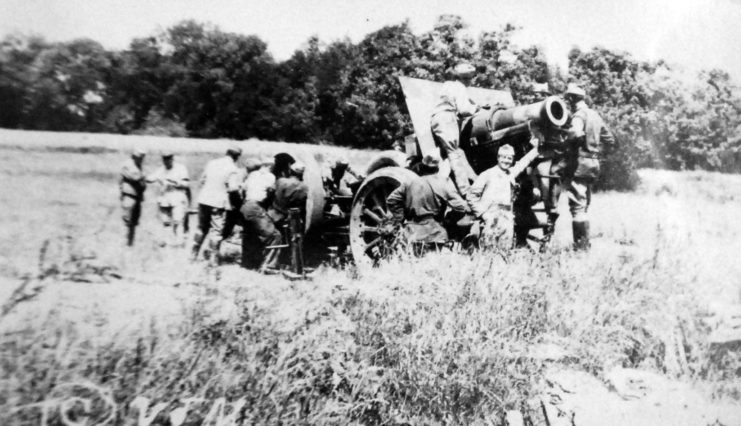
While the Germans were removed from Cantigny, they weren’t going to let the Americans take it without a counterattack. In fact, troops attacked the US troops six times over the course of the next 72 hours.
During this time, the French troops who’d supported the American attack were sent to the Marne in response to a surprise attack launched by German Gen. Erich Lundendorff. This meant the Americans were left to defend Cantigny by themselves.
The Battle of Cantigny proved many things for the US military
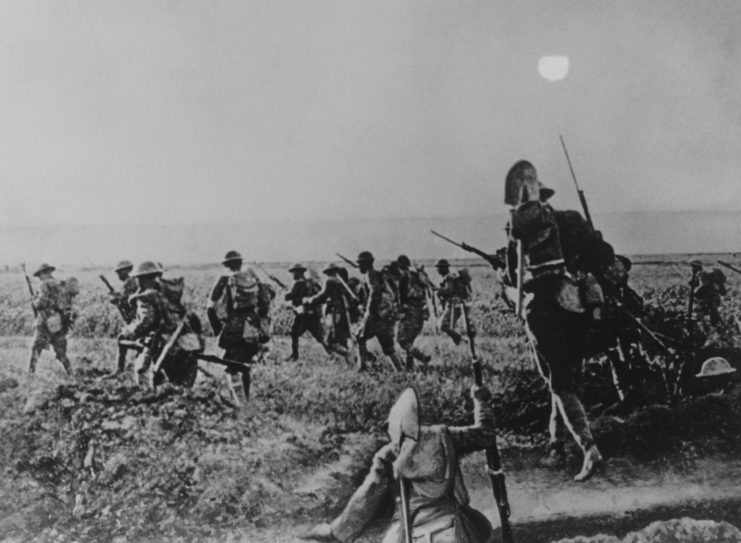
When the Americans joined the war, their numbers and lack of training suggested they weren’t going to have much of an impact. As such, the Germans were prepared for the US military to either spend a long time training troops or be ill-prepared and easily defeated. What they realized after the Battle of Cantigny was that this wasn’t the case.
